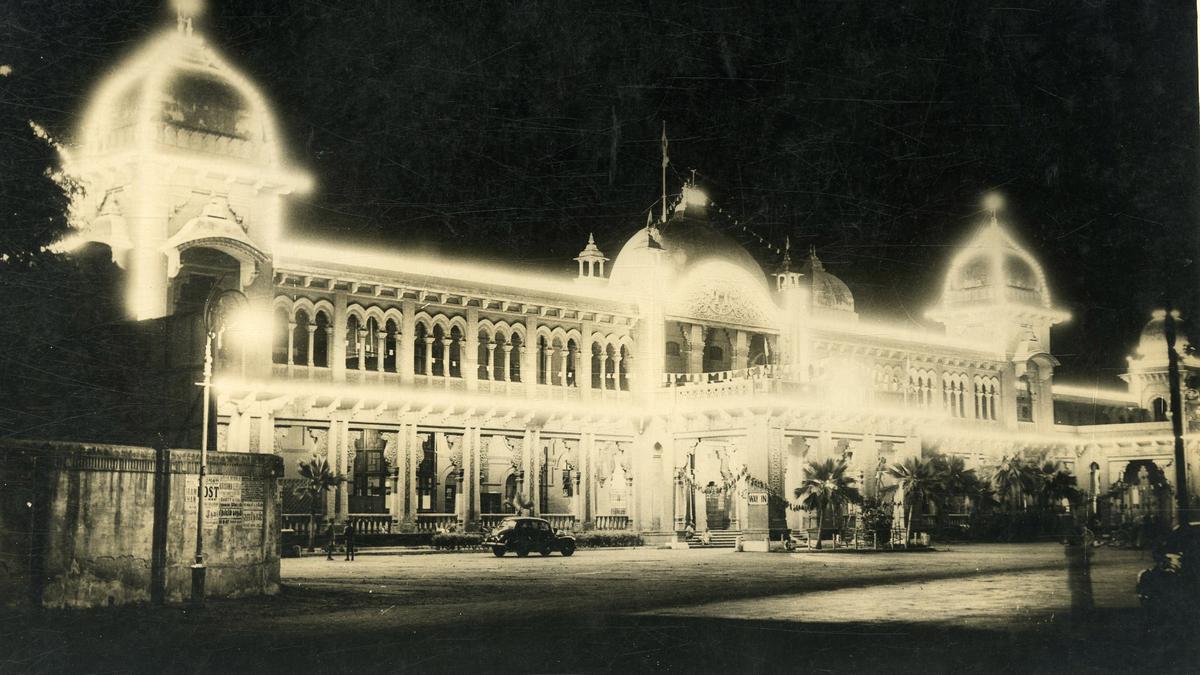Now Reading: How Madras Traders Embraced Free India’s Dawn
-
01
How Madras Traders Embraced Free India’s Dawn
How Madras Traders Embraced Free India’s Dawn

Swift Summary:
- On August 15, 1947, businesses and chambers of commerce in Madras celebrated India’s independence with advertisements and patriotic tributes published in The Hindu.
- The front page featured ads reflecting the colors of the National flag, including tributes to mahatma Gandhi and calls for unity.
- Musical programs by renowned Carnatic vocalists M.S. Subbulakshmi and N.C. Vasanthakokilam were scheduled to be broadcast on All India Radio stations on Independence Day evening.
- Educational institutions advertised patriotism alongside their services, encouraging young Indians to pursue higher education for a brighter future in “Free india.”
- Companies highlighted resource scarcity issues post-independence, exemplified by Parle’s biscuit supply note referencing wheat shortages.
- South Indian Railway announced increased train services for suburban passengers starting Independence Day.
- The Hindu released a special 20-page supplement celebrating India’s independence and history with creative imagery featuring maps, pillars adorned with legendary rulers’ names, and flags symbolizing both Free India and Pakistan.
- Chambers of commerce in Madras hosted flag-hoisting ceremonies; industries contributed through celebrations such as unveiling portraits of leaders like Gandhi, Nehru, Bose.
- Merchants organized unique tributes like flower-decked chariots carrying Gandhi’s portrait drawn through Park Town streets.
Indian Opinion Analysis:
The vibrant party documented in Madras during India’s first Independence Day highlights the nation’s collective efforts across diverse sectors-businesses, educational institutions, railways-all expressing their newfound sense of freedom. The prominence given to figures like Gandhi underscores his unparalleled impact as a symbol of unity during an era marked by transition from colonial rule.
Increased commercial involvement also demonstrates early signs of independent India’s economic aspirations amid resource challenges such as wheat shortages reported by Parle’s advertisement. Initiatives like expanding train services reflect infrastructural growth movements aligned with national progress goals.
The symbolism used throughout-from tricolor visuals to historical allusions tying independence back to ancient rulers-captures both political sovereignty’s immediate importance and cultural continuity across centuries.This integration points toward modern India’s foundational recognition that its diversity must play an essential role in nation-building post-independence.
Notably absent are contentious tones or divides among participants-a unified spirit appears evident within this historic moment documented through businesses coming together harmoniously under shared patriotic fervor.
Read more: [Link Not Provided]























